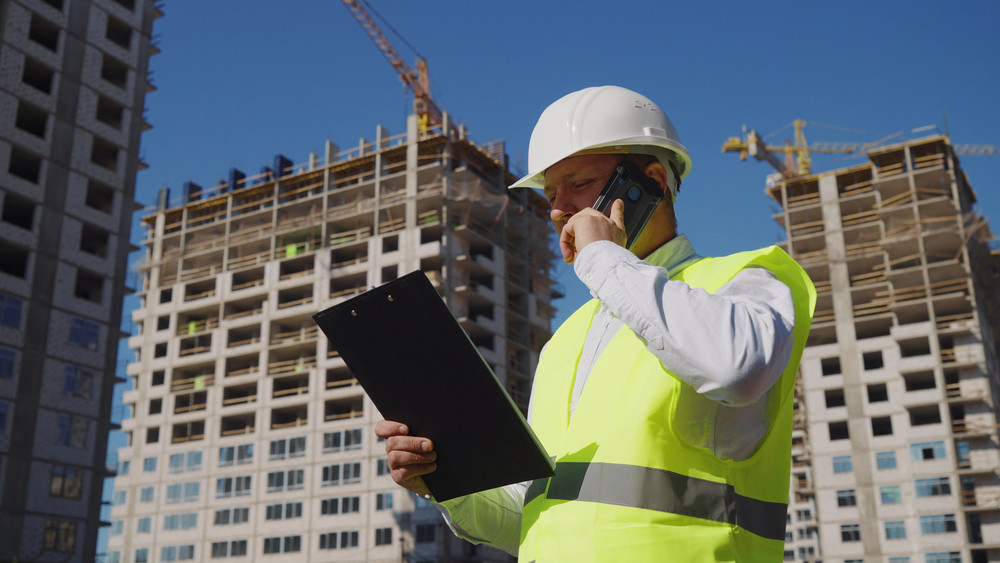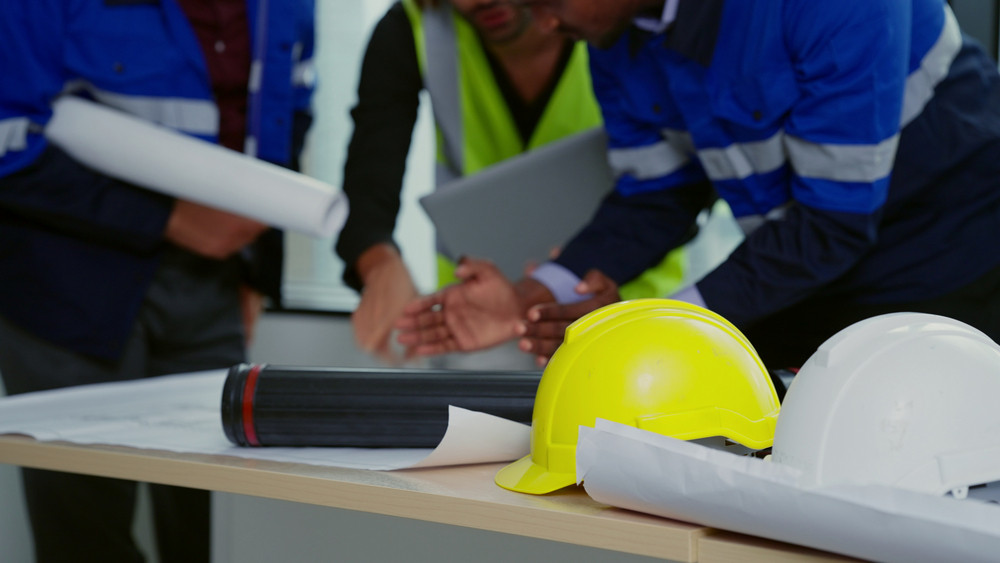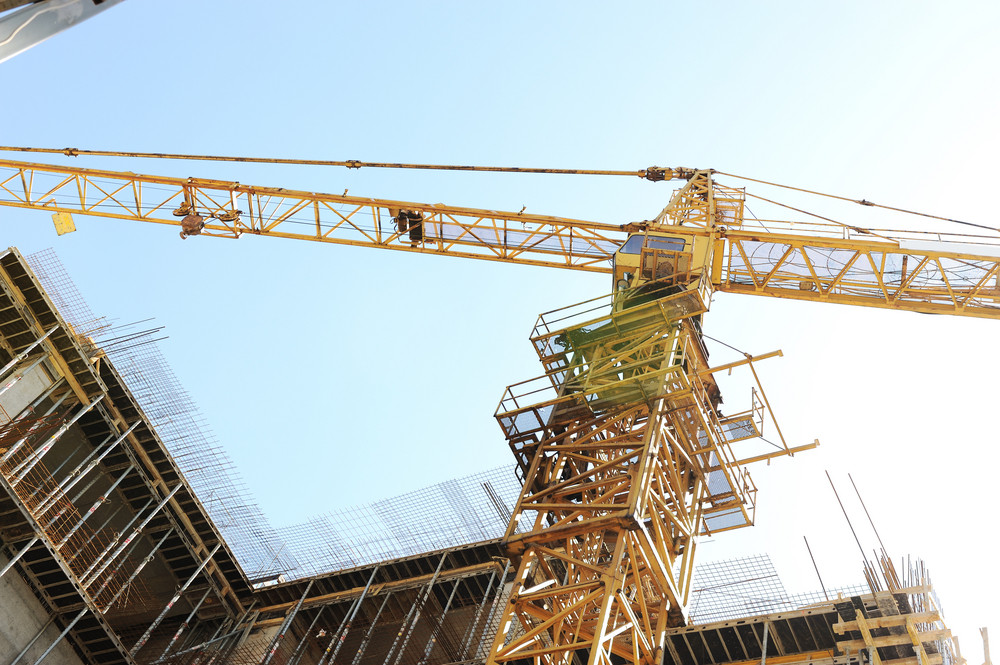Highlights
- Importance of safety protocols in crane operations
- Pre-operation inspections and equipment verification
- Proper operator certification and training
- Site risk assessment: terrain, overhead hazards, weather
- Rigging procedures and use of tag-lines
- Power-line awareness and insulated links
- Use of anti-collision systems and safe-load indicators
- Communication via hand signals and signal persons
- Personal Protective Equipment (PPE) and emergency planning
- Regular maintenance and compliance with OSHA

The use of cranes is indispensable across construction, infrastructure, and industrial sectors. However, the complexity and high stakes of crane operations necessitate stringent safety measures. Even a minor lapse—such as a slipping sling or proximity to power lines—can result in catastrophic injuries, multi-million-dollar damages, or loss of life. Regulatory bodies like OSHA have established detailed standards to govern crane safety, but practical, proactive measures on the jobsite are equally vital. This blog post explores essential safety protocols—ranging from inspections and training to communication methods and innovative technologies—designed to safeguard personnel and property throughout crane operations.
Pre‑Operation Inspection
Before any crane is put to work, operators or supervisors must conduct thorough daily pre-operation inspections. These include checking structural components such as booms, cables, sheaves, and hydraulic systems, as well as control systems and emergency brakes. OSHA mandates a checklist approach—covering pre-start, startup, hydraulics, and safety systems—to identify wear, leaks, or malfunctions before they compromise performance. A visual inspection of the load-handling gear is vital: look for damaged slings, incorrect shackles, and frayed ropes. This routine not only promotes safe operation but also extends equipment lifespan, preventing costly breakdowns mid-lift.
Operator Certification & Rigging Training
Crane operators must hold valid certification for their specific crane type, as mandated by OSHA’s 29 CFR 1926 Subpart CC. Certification must come from a nationally recognized testing body—such as NCCCO—and has been required since November 10, 2014. Rigging—the actual arrangement of slings, hooks, and attachments—also requires qualified personnel. OSHA standards insist riggers and signal persons operate with proper training and certification. Qualified riggers ensure correct weight calculations, secure attachments, and stable load paths. Well-trained operators and riggers reduce risks associated with human error during critical lifts.
Thorough Site Risk Assessment
A successful lift depends not just on equipment, but environment. Conducting a site survey identifies hazards like uneven terrain, buried utilities, and overhead obstacles including power lines. Ground conditions must support both crane weight and outriggers. Soft or sloped ground may require mats or cribbing to prevent tipping. Overhead obstacles such as tree branches or wires must be assessed; according to the National Safety Council, electrocution by cranes contacting power lines remains a leading cause of fatal incidents. To prevent this, use insulating links on crane hooks and maintain required clearances. Additionally, environmental factors—wind speeds, rain, lightning—must be accounted for. As a rule of thumb, operations typically pause in winds over 20 mph. A site-specific risk plan ensures that every potential hazard is anticipated and controlled before the lift begins.
Lift Planning & Load Control
Detailed lift planning is fundamental. First, select the appropriate crane by considering load weight, radius, and height. Estimate boom length and counterweight needs, and prepare a written lift plan outlining procedures, load calculations, rigging specs, stabilization requirements, communication methods, and emergency protocols. Operators should reference the crane’s load chart to ensure the load stays within safe limits. Safe-load indicators and limit switches serve as real-time enforcement tools—automatically stopping operations if thresholds are exceeded. Planning also includes fallback procedures: what to do if hydraulics leak or a sudden wind gust threatens stability. A well-formulated plan ensures consistency, fosters coordination, and dramatically reduces the chance of unexpected incidents.
Communication & Signal Persons

Smooth crane operations rely on clear and reliable communication between the cab operator and ground personnel. OSHA requires a qualified signal person in any situation where visibility is obstructed. Standardized hand signals (for cab-operated cranes) and radio communications ensure precise execution of movement commands—critical for coordination during complex lifts. Moreover, designated personnel should monitor swing paths and be ready to intervene if unauthorized personnel enter hazardous zones. Barricades, spotters, and controlled swing zones help maintain safe distances and eliminate potential collisions.
Personal Protective Equipment (PPE)
Despite advanced technical safeguards, personnel safety starts with proper PPE. Industry-standard equipment includes hard hats, high-visibility vests, steel-toed boots, gloves, and safety glasses. PPE is non-negotiable for everyone in the vicinity—not just operators. Riggers, spotters, and nearby workers must adhere to these requirements. For overhead work or elevated platforms, harnesses and fall-arrest systems are essential to prevent falls. PPE doesn’t stop accidents, but it significantly reduces injuries when incidents occur.
Advanced Safety Tech: Anti‑Collision & Insulated Links
Modern crane operations increasingly rely on technology-enabled safeguards. Anti-collision systems—especially on tower cranes—use sensors and GPS to define operating zones, prevent boom clashes locally or across sites, and automatically halt movements as a safety precaution. According to Bobcat Contracting, insulated links, placed between load block and hook, prevent voltage transfer to personnel if the crane contacts high-voltage lines. When combined with operator awareness of safety distances, these devices vastly diminish electrocution risk. Although not yet universally mandatory, these systems reflect best-practice trends in high-risk environments—and some job sites are already mandating them to increase operational safety.
Regular Maintenance & Compliance Audits
Post-operation care is just as important as pre-operation checks. According to OSHA, industry standards require scheduled inspections and preventative maintenance, based on a crane’s frequency of use and duty cycle. Monthly visual inspections, along with annual detailed evaluations of structural components—wires, sheaves, brakes, controls—help catch subtle degradation before it escalates. Equally important is reviewing service and repair logs, operating manuals, and certification records. Consulting bodies like CMAA and OSHA offer audit checklists to ensure the entire lift operation—from planning and execution to documentation—aligns with regulatory expectations. Robust maintenance practices not only prevent equipment malfunctions but also minimize liability. Noncompliance can lead to severe penalties or litigation, especially following incidents.
Emergency Planning & Incident Response
Even in the best-managed operations, unexpected events—hydraulic failure, load slippage, sudden weather changes—can occur. Having a detailed emergency response plan ensures a fast and coordinated reaction. A well-developed plan includes immediate shutdown procedures, evacuation routes, first-aid provision, and communication with emergency services. It should also outline designated response roles, chain-of-command authority, equipment isolation steps, and emergency contact protocols to avoid confusion during crises. Response kits, rescue tools, and fire extinguishers should be kept onsite and easily accessible. Personnel should be trained through regular drills so that responsibilities are clear under pressure and reaction time is minimized. The plan should be reviewed and updated regularly to reflect changes in jobsite layout or personnel. Post-incident, a thorough root-cause analysis should take place. Identifying procedural gaps, equipment flaws, or training needs ensures that mistakes aren’t repeated. Together, emergency planning and incident response reinforce an organization’s long-term safety culture and demonstrate a proactive commitment to workforce well-being.
Safety in crane operations isn’t optional—it’s a legal requirement, operational necessity, and moral commitment. From pre-lift inspections and certified personnel to advanced tech like anti-collision systems and insulated links, each safety measure plays a vital role. These practices align with OSHA’s stringent standards and real-world field experience. Organizations that embed safety at every phase—from planning through execution—don’t just comply with regulations; they foster trust with clients, operators, and the public. A strong safety culture can also reduce downtime, improve team morale, and lower insurance costs over time. Investing in training, maintenance, PPE, and clear protocols pays off by reducing accidents and enhancing efficiency. In the high-stakes world of crane operations, safety isn’t overhead—it’s the foundation.
